The wetland of La Marciega de La Aldea de San Nicolás, which houses one of the most extensive tarajal forests in the Canary Islands, has a new didactic resource for its dissemination and protection that puts in the hands of the educational community a game with cards for classroom work, as well as an illustrated didactic notebook for students to delve into the mouth of the great basin and know in an entertaining way its multiple natural and ethnographic values
News source: Cabildo de Gran Canaria
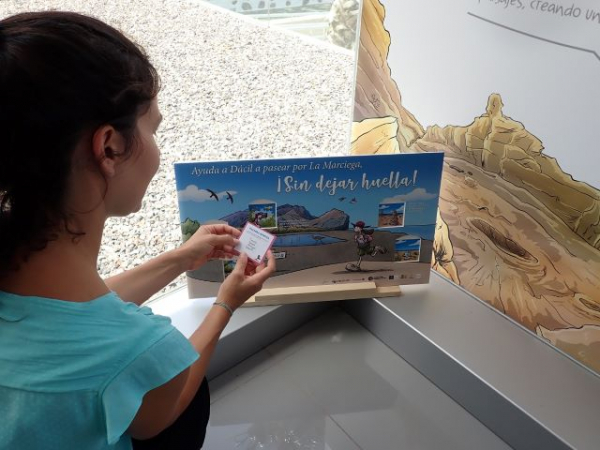
The initiative ‘Dácil en La Marciega’ has been developed by the Research Group on Technologies, Management and Environmental Biogeochemistry (TGBA) of the University of Las Palmas de Gran Canaria, one of the thirteen entities participating in the ECOTOUR project, an initiative led by the Cabildo through the Gran Canaria Biosphere Reserve.
This educational proposal opens another page in the development of the restoration, dissemination and promotion of environmental education and the sustainable use of nature in the area within the framework of the ECOTOUR project, an initiative of the Interreg-MAC Program co-financed at 85 percent by the European Regional Development Fund. Its objective is to value the natural and cultural heritage of coastal areas in the Canary Islands, Azores, Cape Verde, Mauritania and Senegal, through the promotion of ecotourism activities.
In the case of the island, this strip of high natural and cultural value was chosen, in addition to a municipality with all its territory integrated into the Biosphere Reserve of Gran Canaria. The actions of the ECOTOUR project also responded to the concern for the conservation of the wetland of groups such as Birding Canarias and Azaenegue, or the City Council itself.
Now, the place has a learning and awareness tool especially aimed at students from 7 to 14 years old that can be downloaded on this page, in the dissemination section.
The game and the notebook have already been successfully tested with schoolchildren from CEIP La Cardonera in La Aldea de San Nicolás. The group started hand in hand with Dácil along the circular path of 1.2 kilometers that goes into the tarajal, precisely one of the actions of the ECOTOUR project together with the removal of debris, the demolition of masonry barbecues, the cleaning and pruning of vegetation, the fencing with wooden poles to limit the passage of vehicles, the bird observatory, as well as signage and information panels, to which new actions will be added soon.
Specifically, the notebook defines itself as a publication “to take care of the environment”, as explained during its presentation to teachers, students and students at the Interpretation Center of Los Caserones before starting the tour. In these facilities, and under the baton of the researcher Tania Montoto, of the TGBA Research Group, they faced some of the tests proposed by the notebook.
These challenges include describing terms associated with the natural environment, discovering intrusive words, guessing concepts expressed through mimicry or drawing or joining with a line a sample of waste and the time it takes to disappear, with a range ranging from three months to 4,000 years.
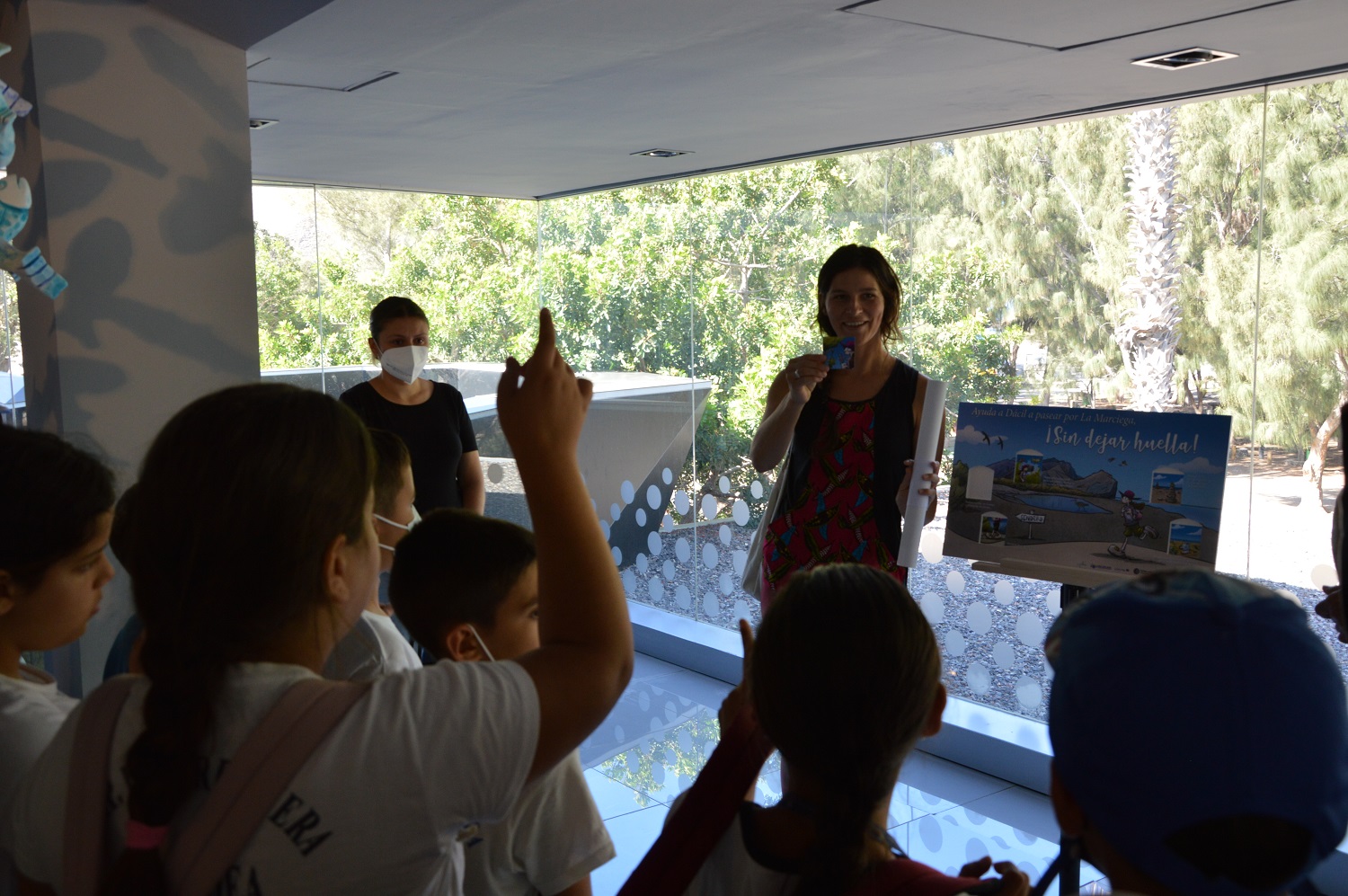
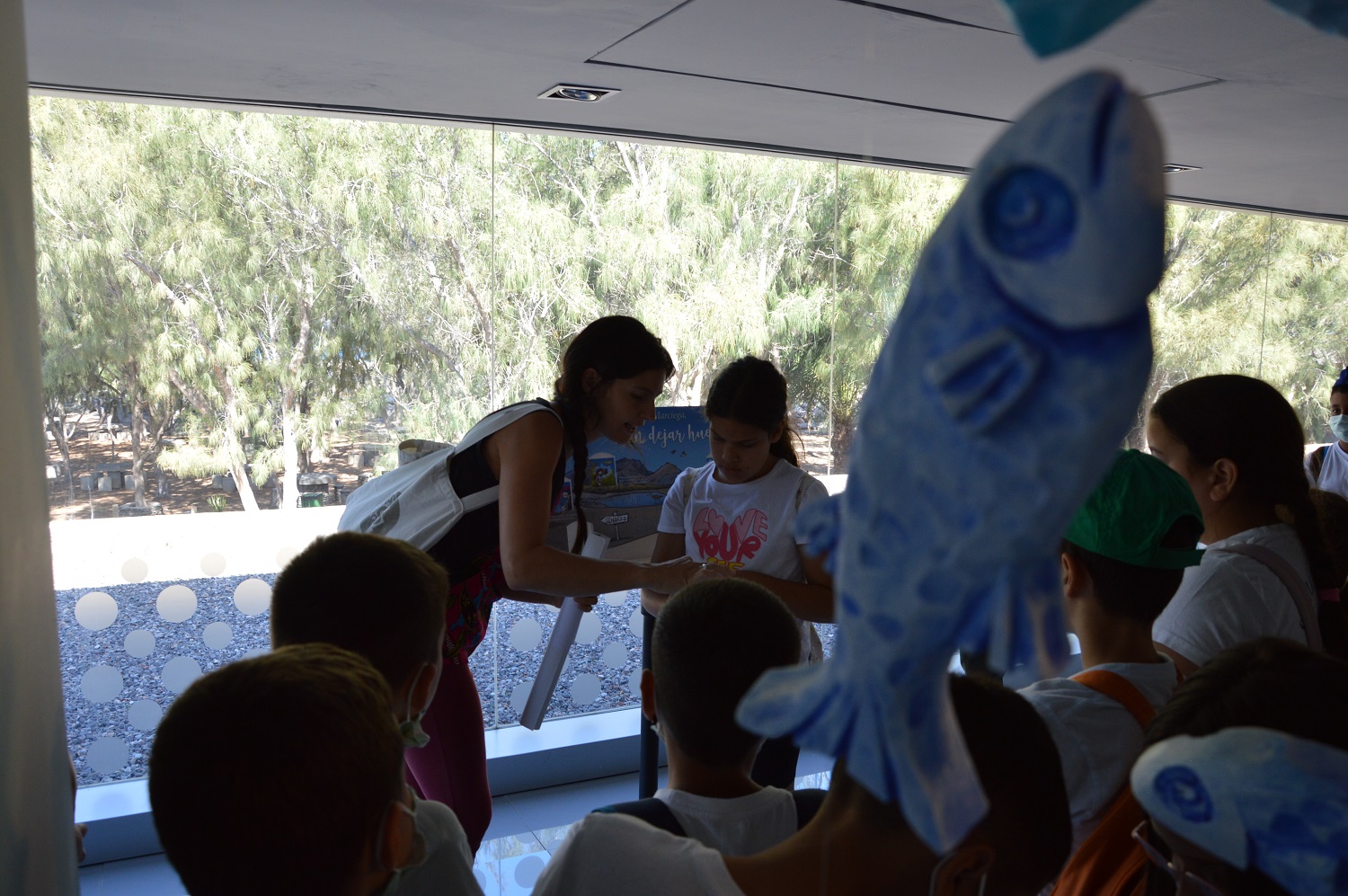
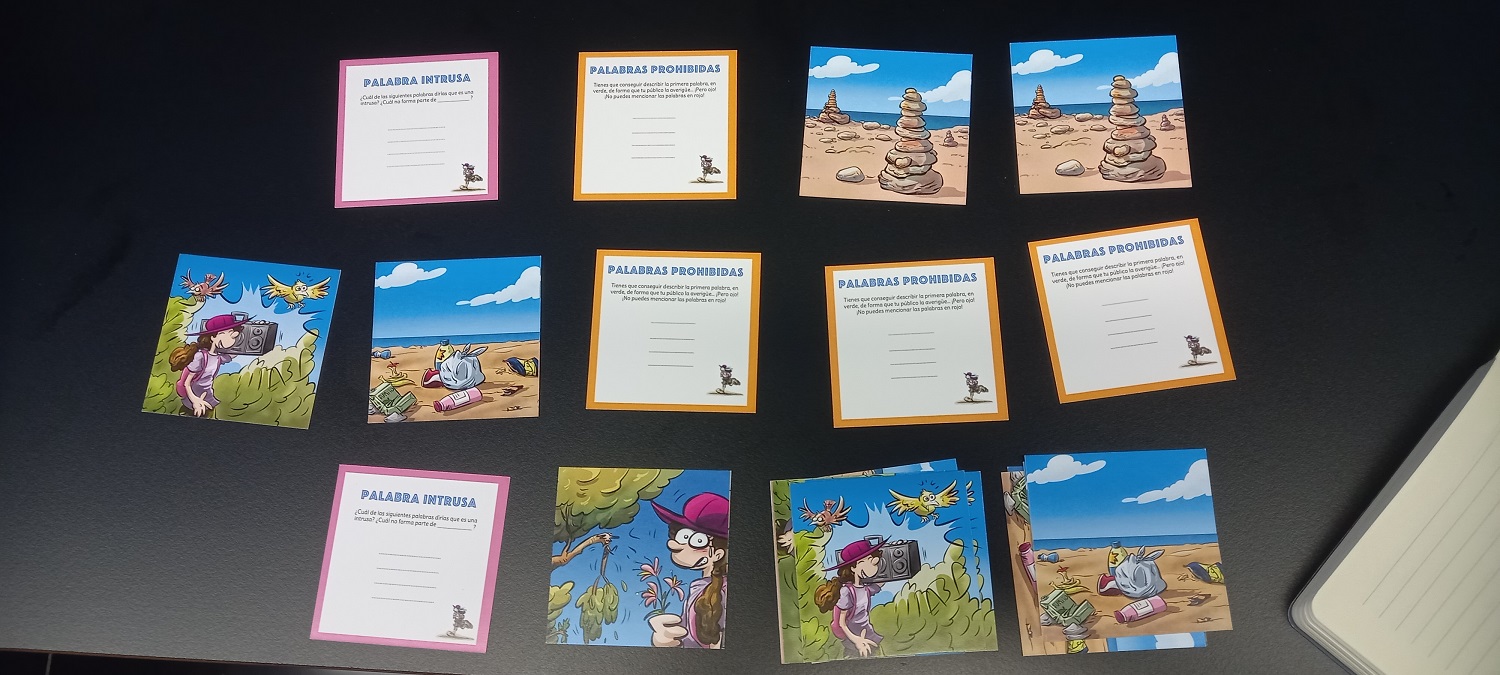
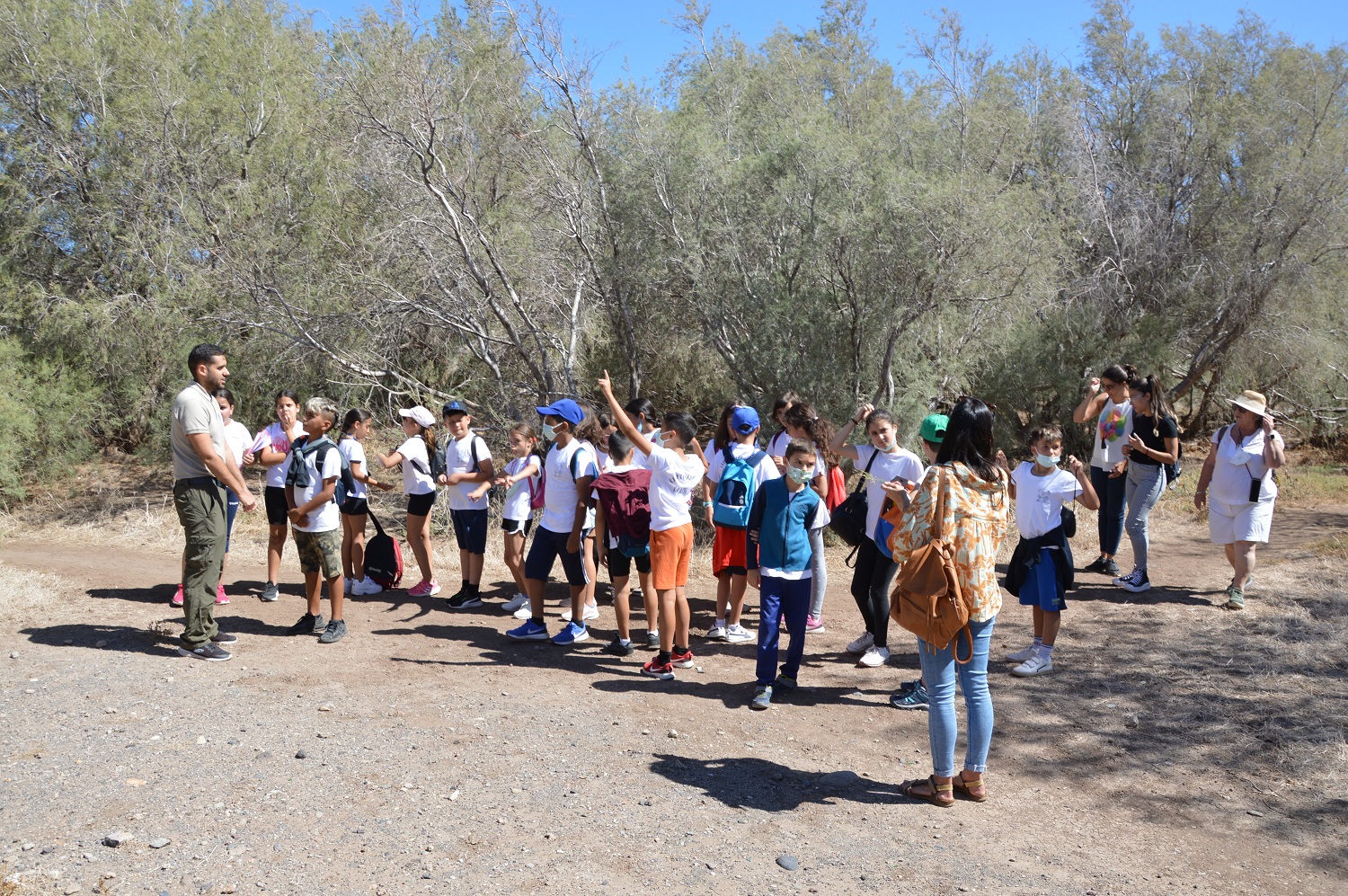
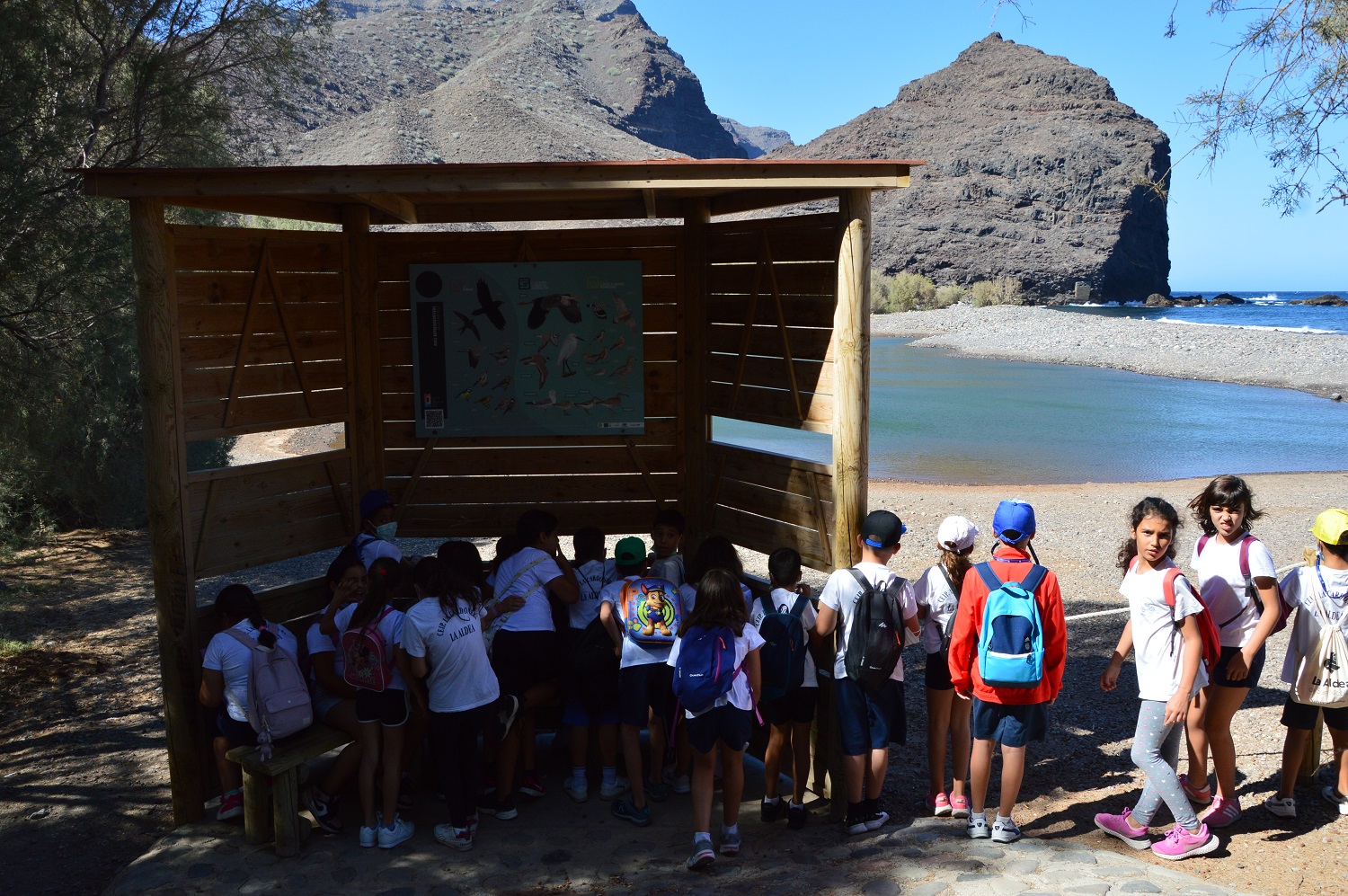
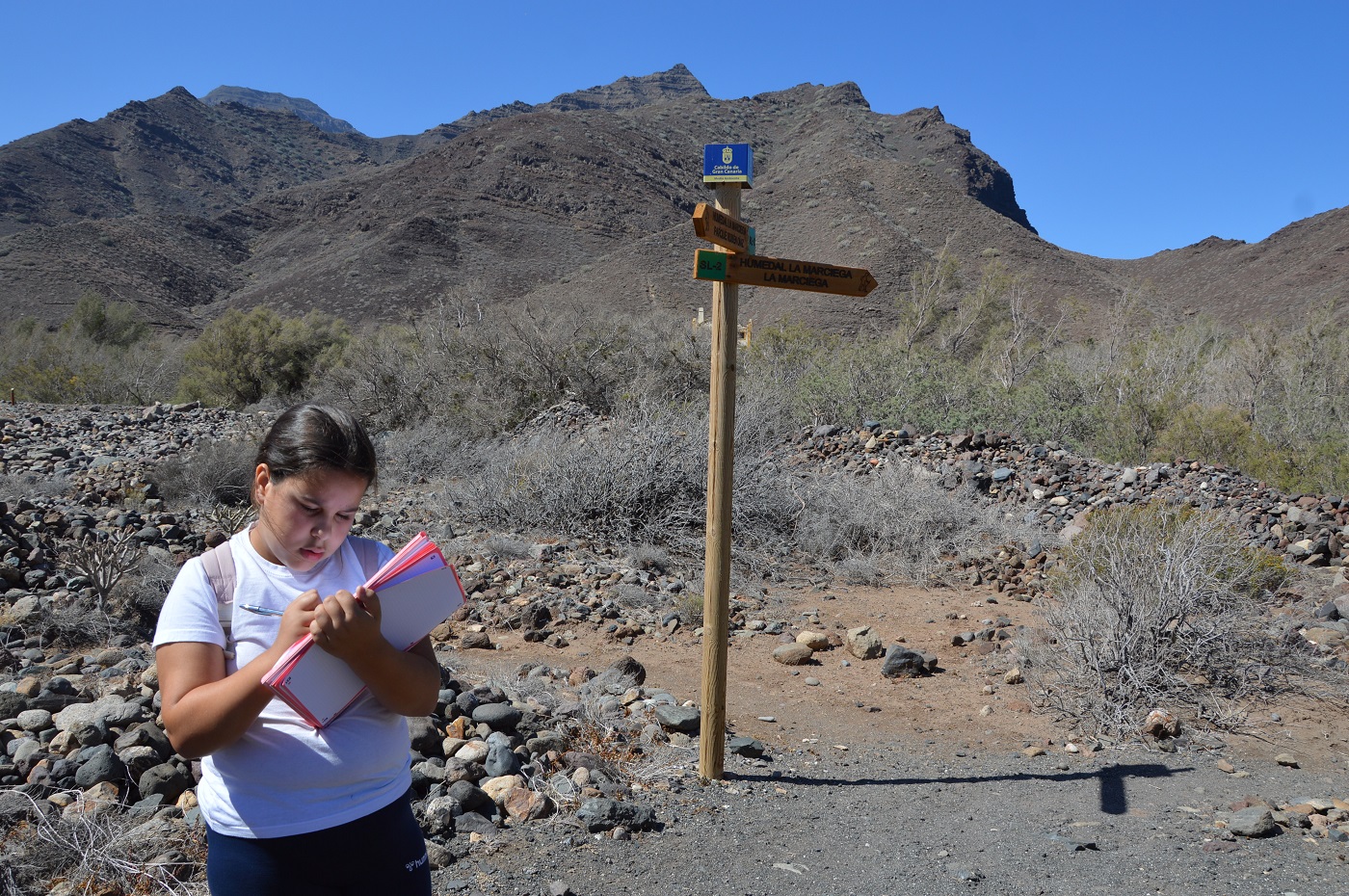
Next, girls and girls adjusted their caps and slippers well and went out kicking with Dácil, to teach him not to leave the path, not to tear or break the plants, to keep the place clean or not to alter the landscape, for example, not to stack stones and callaos.
Gone was the Interpretation Center and the echo of the words of the mayor, Tomás Pérez, and the biologist Rosa Delia Castillo, of the World Heritage Institute and the Biosphere Reserve of Gran Canaria, who stressed the importance of coordination between institutions for the protection and sustainable use of the territory.
And that’s how a group of schoolchildren of 8 and 9 years old entered the landscape, a delta populated for more than a thousand years and marked by the tarajal forest, the lagoon and the rumor of the ocean. They were also moving towards sustainability, because every new thing they learned was also a step towards the preservation of this environment on the basis of education and collective awareness.
“Do the tarajales have flowers?” they asked the group at one of the stops. The yes vote won, to the surprise of those who had voted no. “Do you think there are bats around here?” they were also asked. Most opted for a negative answer, but they were wrong, because it is a habitat where mountaineer bats and wild bats frequently come to feed.
They also understood that they were walking through the deltaic plain of the largest hydrographic basin of the Canary Islands, frequented by numerous species of seabirds, waders and foresters, as well as by the lizard of Gran Canaria, the pimelia of the sands, a beetle in danger of extinction, or the smooth variable, although what did not vary was their interest. There were those who did not stop taking notes in their particular field notebook.
Thanks to the informative panels they discovered that in the Canary Islands there are a dozen species of dragonflies and that ten of them have been observed in La Marciega. And they were surprised by the odyssey of the Vanessa of the thistles, the butterfly that completes the longest migratory cycle known, crossing the Sahara twice in several generations, and that stops in autumn and spring in this coastal strip to release the flowers of veroles and salty. The route led to the bird observatory. They peeked out and it seemed that the future was looking for its own reflection in La Marciega.
The news has also been published in:
